September 07, 2020 1 Comment
Unlike more straightforward immersion brewing methods or practical one-button coffee makers, the high customizability offered by manual pour overs also results in more room for mistakes. Don’t be discouraged, though! It doesn’t mean that only barista champions can make a tasty cup with those coffee makers.
These simple tweaks can help you brew pour over coffee the right way, turning that burnt mess into a delicious, champion-worthy coffee.
How to brew pour over coffee correctly and ensure the best results
Of course, the actual recipes change depending on the type of pour over coffee maker that you’ve set your heart on, but these steps and considerations will work with any. Nice one.
1. Grab yourself a variable-temperature gooseneck kettle

You could have found the best coffee beans, but, if you’re using boiling water, your brew will still taste burnt and, probably, over-extracted. Fact!
The optimal temperature for coffee brewing is 195-205°F (90– 95°C). To stay within that range, the best option is to invest in a variable-temperature kettle. Alternatively, you can use a thermometer to check the water or wait around 30 seconds after boiling it.
As for the pulse-pouring side of things, gooseneck kettles ensure total control over it. While it’s still possible to brew a pour over coffee with a traditional model, a gooseneck spout will allow you to take your joe to the next level.
A kettle that has both variable-temperature features and a gooseneck spout? You’re basically setting yourself up for success.
2. ... and a coffee scale to get the right coffee-to-water ratio

A scale can ensure the correct coffee-to-water ratio for any brewing method, but it’s particularly important for manual pour overs. This is because their success relies on pouring specific quantities of water at selected intervals.
Rather than just winging it, use a scale or, better, a pour over coffee scale with a timer when you prepare your drip coffee.
The perfect coffee-to-water ratio depends on the pour over method and on how strong you like your coffee, but 1:15 is a popular starting point.
3. Use fresh coffee and grind your beans

Using stale, store-bought grounds that were roasted months ago? No wonder your coffee lacks that special flavor! For the best results, use freshly-roasted grounds (did you know that we offer a customizable subscription model?) or get yourself a burr grinder and buy whole coffee beans.
The second option is definitely the most adequate to brew pour over coffee like a pro. Tweaking the grind size will allow you to affect the extraction process and, consequently, the final flavor of your coffee.
4. Always pre-wet the paper filter

Think of the Hario V60, Chemex and Kalita Wave. While some pour over coffee makers involve permanent metal filters, the majority rely on paper options. The simple act of letting some hot water drip through the filter before adding the grounds can already upgrade your brew. No more papery taste to worry about!
5. Let your coffee bloom

If your coffee is fresh, it still has some trapped gases. This is actually great news: it means that the volatile compounds responsible for some flavor nuances are still hanging in there too. However, the trapped CO2 could ruin the extraction process.
To avoid this, let your coffee grounds bloom by submerging them in hot water and waiting around 30 seconds before proceeding with the first pour.
6. Understand pulse-pouring

The water quantity and brew time are different depending on the method that you use, but understanding the importance of this technique will stop you from pouring all the water in one go and ending up with a bland cup of coffee. After all, pulse-pouring is the most iconic signature element of manual pour overs!
To extract all the flavors from your grounds, you should always start with a first pour that submerges them completely. Then, you can show off your pulse-pouring game: it simply consists of adding water in small intervals, keeping your grounds topped up.
That’s it. Learning how to brew pour over coffee like a barista champion wasn’t actually that hard, right? These simple tweaks can really make the difference, but don’t forget to choose the best coffee beans to indulge in the tastiest brew.
1 Response
Leave a comment
Comments will be approved before showing up.
Also in Fire Department Coffee News

Standing with Laurel County After an EF4 Tornado

FDC Featured In Nationwide Walmart Commercial and Celebrates Community Roots in Rockford

Rescue-1 Deploys to Texas: Fire Department Coffee Supports Communities After Catastrophic Flooding

Celebrating America’s Firefighting Presidents

Fire Department Coffee and Kidde Working Together to Promote Fire Safety
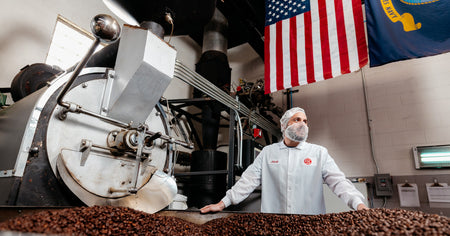
From Barista to Coffee Expert: Fire Dept. Coffee's Jacob Ball Brews Success
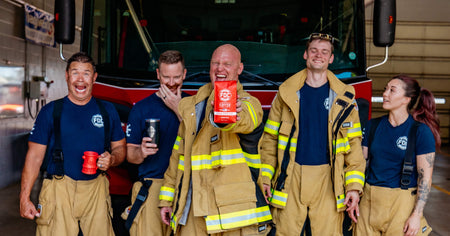
Get to Know the Hilarious, Hardworking Team Behind FDC Videos
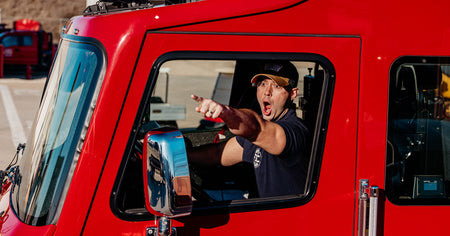
From Fan to Family: How Lance Woodruff Became an FDC Star
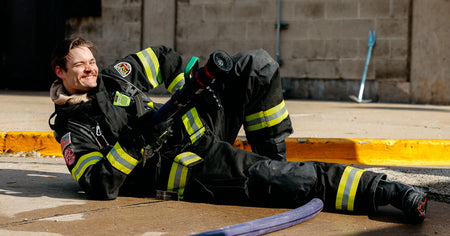
Marine, Musician, Firefighter: Josh Kennedy is Doing It All

FDC Mobilizes Rosenbauer Fire Truck for Tennessee Tornado Relief
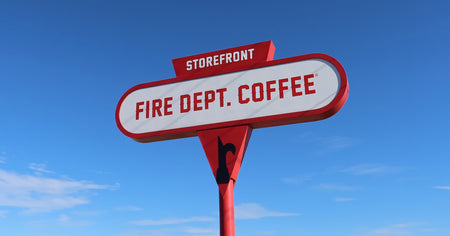
Fire Dept. Coffee's First Retail Shop Opens in Rockford, IL
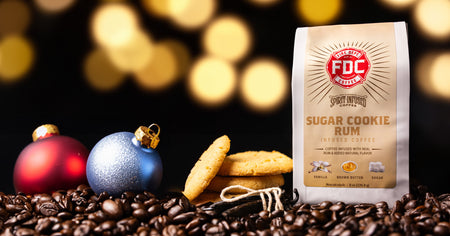
Sugar Cookie Rum Infused Coffee - Spirit Infused Coffee Club
FOLLOW OUR JOURNEY, GET SPECIAL OFFERS AND PROMOTIONS
- SPIRIT INFUSED COFFEE
- Bourbon Infused Coffee
- Whiskey Infused Coffee
- Rum Infused Coffee
- Spirit Infused Coffee Club
- Spirit Infusion Process
GEAR
© 2025 Fire Department Coffee, Inc.












Spencer J Krupp
May 09, 2022
I have two more tweaks you did net mention. During pulse pouring I make sure to pour over the sides of the filter first to get the grounds really saturated AND I stir the grounds just before the end to ensure a rich brew and to get the trapped water out and into the pot. It really makes a difference.